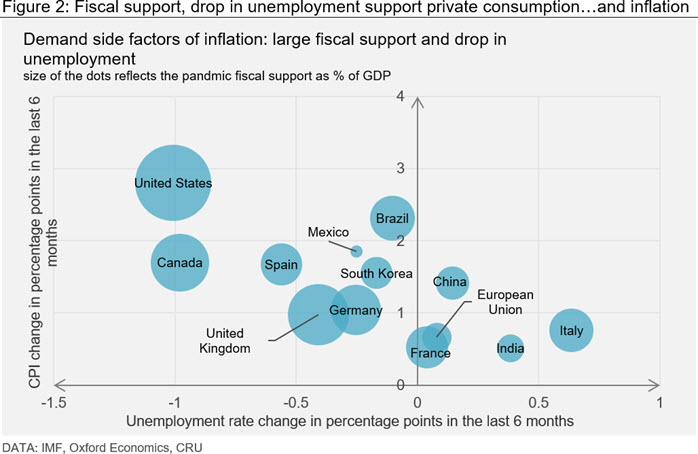
Staking rewards are payments made by blockchain networks to users who hold and lock up their tokens to support the network’s security and transactions. The relationship between staking rewards and token value is complex. Relationship between staking rewards and token value Therefore, it is worth considering the staking prospects of a cryptocurrency before investing. These projects show the potential of staking and how they can increase the value of a cryptocurrency. Staking has a significant impact on the crypto space and acquiring such assets is one way of safeguarding your investments. Its price has shown excellent growth, and it has a bright future in the crypto space. Through this staking, ATOM holders gain a return on their investment, which has given this project more liquidity. In the near future, we can expect a higher demand for ETH as a staking asset.Ĭosmos (ATOM) operates on a proof-of-stake principle that encourages long-term holding and participation. This transition is expected to increase the value of ETH significantly.

This project has had an incredible impact on its price growth, and it was recently listed among the top ten cryptocurrencies by market capitalization.Įthereum (ETH) has been transitioning from proof-of-work to proof-of-stake, with the launch of the Ethereum 2.0 upgrade. Polkadot (DOT) has among the most successful staking programs in the industry, with over 60% of the total supply staked.

For instance, the Shelley hard fork, which introduced staking, increased ADA’s price by 19%. Examples of successful staking projects and their impact on pricesĬardano (ADA) has numerous successful staking projects that have boosted its price. Overall, staking provides benefits to both crypto holders and networks by creating a more secure and decentralized ecosystem while also providing a passive income stream for holders. If more tokens are staked, there are fewer tokens available to trade, which can create scarcity and drive up the price of the token. In addition, staking can help to increase the value of the token by reducing its circulating supply. Staking incentivizes token holders to act in the best interest of the network, which helps to increase security and reduce the risk of malicious attacks. Staking rewards can vary depending on the network and the amount of tokens being staked.įor networks, staking helps to secure the network and decentralize power by allowing token holders to have a say in network governance. This creates a win-win situation for both holders and networks.įor holders, staking provides a passive income stream without the need for expensive equipment or technical knowledge. Staking is a process that allows cryptocurrency holders to earn rewards for holding and validating transactions on a blockchain network. Benefits of staking for crypto holders and networks However, if too many coins are staked, it can lead to a decrease in liquidity and potentially cause prices to drop. The rewards incentivize users to buy and hold cryptocurrency, which can create a scarcity of available coins and drive prices up. Overall, staking has the potential to significantly impact cryptocurrency prices. Additionally, staking does not require specialized hardware, making it accessible to more people. Staking is different from mining, as staking requires less computational power and energy consumption. The more people that stake a particular cryptocurrency, the more secure and decentralized the network becomes.

When users stake their cryptocurrency, they contribute to the security and overall functionality of the network, which can in turn increase the value of the cryptocurrency. In return for holding and staking the coins, users receive rewards that incentivize them to continue staking. Staking is the process of holding and locking up a certain amount of cryptocurrency in a wallet to support the operations of a blockchain network. Conclusion: The importance of understanding staking’s impact on prices in crypto investing What is staking and how does it work?.
STAKING WILL DROP CONSUMPTION BY HOW TO


 0 kommentar(er)
0 kommentar(er)
